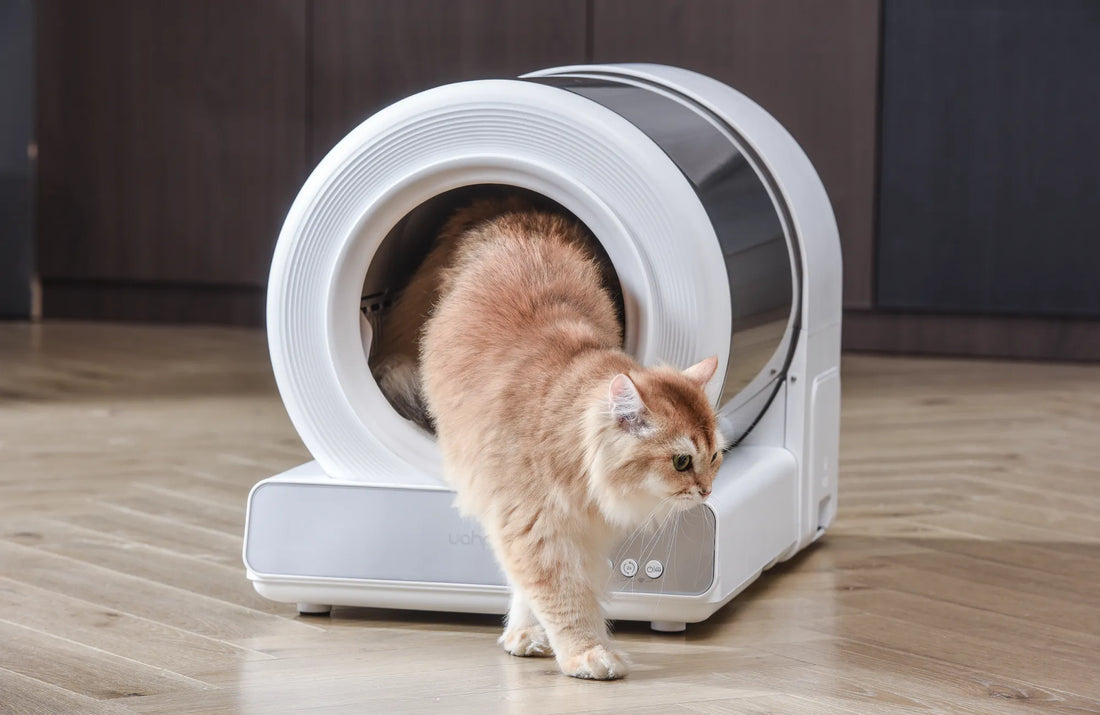When it comes to caring for your feline friend, every detail matters. One often overlooked aspect is the placement of cat food next to the litter box. While it might seem convenient, this setup can have significant implications for your cat's health and well-being. In this article, we'll explore why this arrangement might be problematic and provide practical solutions to ensure your cat thrives in a clean and comfortable environment.
Why Placing Cat Food Next to the Litter Box is a Bad Idea
At first glance, placing cat food next to the litter box might seem like a space-saving solution. However, this setup can lead to several issues that could negatively impact your cat's health and behavior. Cats are naturally clean animals, and they have a strong instinct to keep their eating area separate from their elimination area. When food is placed too close to the litter box, it can cause stress and discomfort for your cat, leading to potential behavioral problems.
Health Risks Associated with This Setup
One of the primary concerns with placing cat food next to the litter box is the risk of contamination. Litter boxes can harbor bacteria and parasites that can easily transfer to the food, especially if the litter is kicked out or if the cat steps in the litter and then walks over to the food. This can lead to gastrointestinal issues and other health problems for your cat. Additionally, the smell of the litter box can be off-putting for your cat, making them less likely to eat their food, which can lead to malnutrition over time.
Behavioral Implications
Cats are creatures of habit, and they thrive in environments where they feel safe and secure. Placing food next to the litter box can disrupt their sense of security, leading to stress and anxiety. This can manifest in various ways, such as refusing to eat, avoiding the litter box, or even developing aggressive behaviors. It's essential to create a space where your cat feels comfortable and at ease, and this includes keeping their food and litter box in separate areas.
Creating the Ideal Environment for Your Cat
To ensure your cat's health and happiness, it's crucial to create an environment that meets their needs. This means providing separate areas for eating, sleeping, and elimination. Ideally, the litter box should be placed in a quiet, low-traffic area of your home, away from the cat's food and water bowls. This not only reduces the risk of contamination but also helps your cat feel more secure and relaxed in their environment.
Practical Solutions for Small Spaces
If you're dealing with limited space, it can be challenging to find separate areas for your cat's food and litter box. However, there are several creative solutions you can consider. For example, you can use furniture or room dividers to create distinct zones within your home. Alternatively, you can place the litter box in a closet or bathroom, while keeping the food and water bowls in a different room. The key is to ensure that your cat has enough space to move around comfortably and that their basic needs are met without compromising their health.
Monitoring Your Cat's Behavior
After making changes to your cat's environment, it's essential to monitor their behavior to ensure they're adapting well. Pay attention to their eating habits, litter box usage, and overall demeanor. If you notice any signs of stress or discomfort, it may be necessary to make further adjustments. Remember, every cat is unique, and what works for one might not work for another. It's all about finding the right balance that suits your cat's individual needs.
By taking the time to create a well-organized and clean environment for your cat, you're not only promoting their physical health but also their mental well-being. A happy cat is a healthy cat, and by keeping their food and litter box in separate areas, you're setting them up for a lifetime of comfort and contentment. So, the next time you're arranging your home, think twice before placing cat food next to the litter box—your feline friend will thank you!













